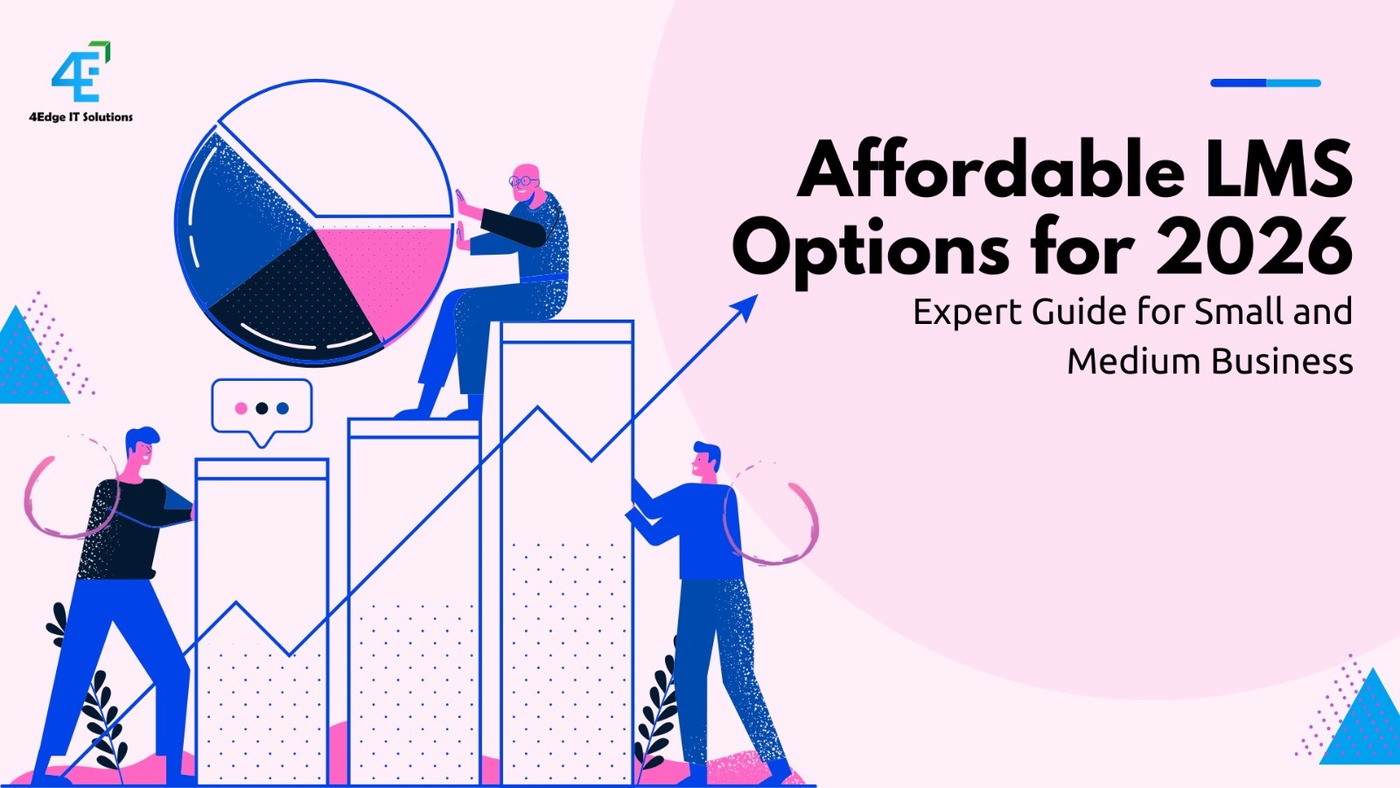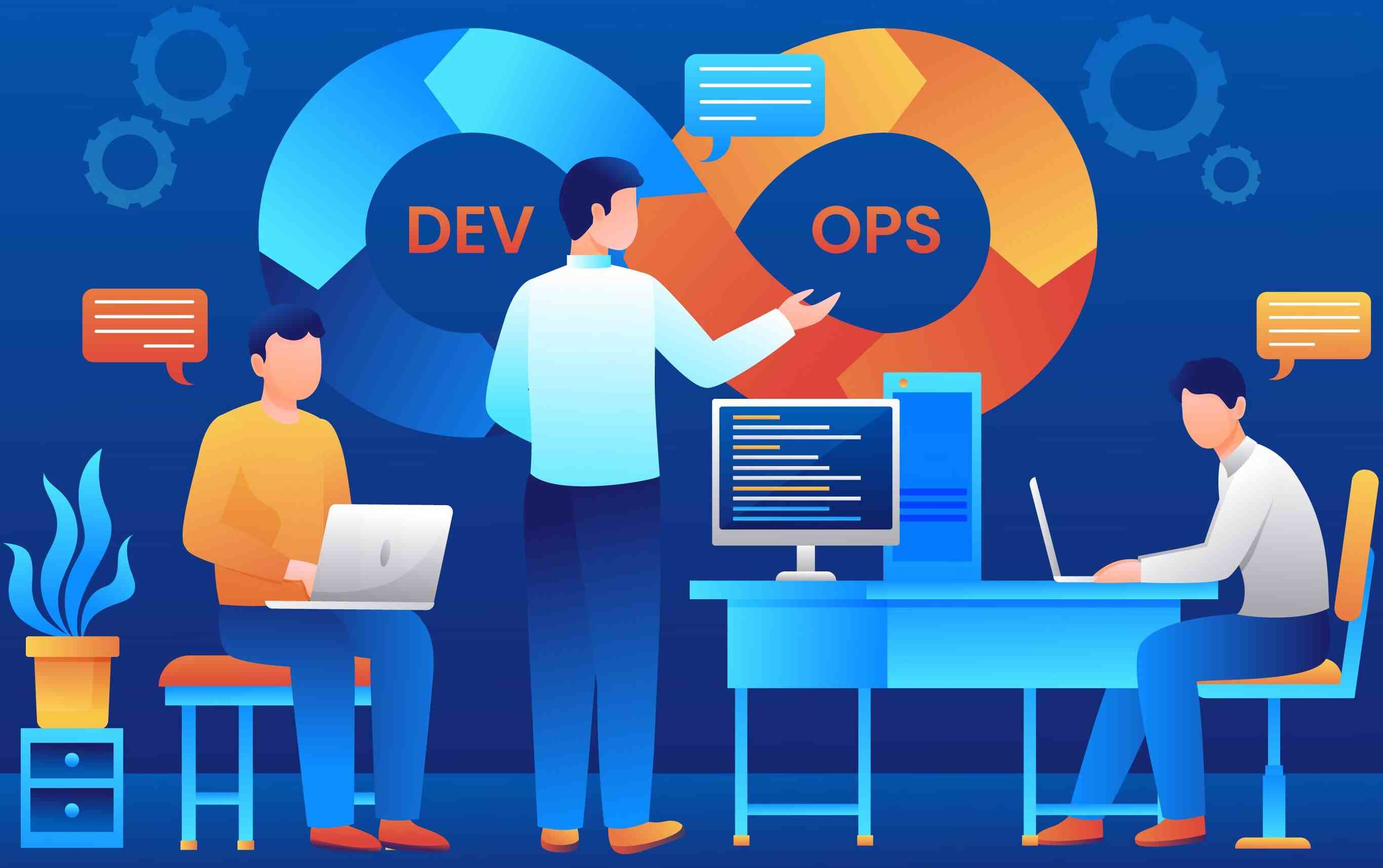Small and medium‑sized businesses (SMBs) face a unique challenge in 2026: keeping teams up‑to‑date in a frequently changing digital economy is really a big challenge. Whether you’re onboarding new hires, rolling out compliance training or upskilling employees, a learning management system (LMS) provides structure, analytics and scalability.
However, the LMS landscape can be confusing. Prices range from ₹50 to ₹150 per user per month, and many enterprise solutions include features you may never use. This guide helps SMBs evaluate affordable LMS options for 2026 by outlining why an LMS is essential, describing market trends, listing key features to look for and offering practical tips.
Why do SMBs Need an LMS
An LMS saves cost and time, enforces consistency and compliance, scales as your organisation grows, and provides analytics to measure and improve training outcomes.
- Cost and Time Savings – Digital training lowers travel and venue costs and lets employees learn on the job.
- Consistency and Compliance – Track completion, certification and compliance centrally.
- Scalability – Roll out training across locations quickly as teams grow.
- Analytics and Improvement – Identify skill gaps and measure which courses deliver results.
These reasons apply across industries. Manufacturing companies need safety compliance; startups want consistent onboarding; professional services firms want continuous upskilling. In each of these cases, an LMS ensures knowledge is delivered efficiently and measured effectively.
Market Trends Shaping LMS Platforms
The LMS market is evolving quickly. According to a 2025 trends report, seven themes are set to define platforms going forward:
- AI-Powered Personalization — personalized recommendations and learning paths.
- Mobile Learning & Accessibility — mobile-first design and offline access.
- Gamification & Social Learning — leaderboards, badges and social tools to increase engagement.
- Data Analytics & Learning Insights — dashboards that reveal where learners struggle and what's working.
- Hybrid Learning — combined online and face-to-face workflows.
- Lifelong Learning — micro-credentials and continuous development support.
- Integration with HR Systems — align training with career progression and payroll/HR data.
These trends signal that SMBs should look for affordable platforms that don’t just deliver content but personalize learning, provide actionable analytics and integrate with existing systems.

2026 LMS Checklist: Low-Cost Solutions That Deliver High Impact
Templates for cohort tracking, funder-ready dashboards, and a pilot plan for 50 learners.
Key Features SMBs Should Look For
Low cost shouldn't mean bare-bones. Look for:
- Customization & Integration — branding and HR/payroll integrations.
- Mobile & Offline Access — essential for distributed teams.
- Microlearning — 5–10 minute bite-sized lessons.
- Interactive Content — interactive videos, quizzes and discussion forums.
- Gamification — badges, points and leaderboards.
- Learning Paths & Groups — assign sequences and groups.
- Assessments & Compliance — varied question types and automated reminders.
- Robust Reporting — dashboards and CSV exports for deeper analysis.
These features form the benchmark for evaluating any LMS. If a platform lacks mobile access, for example, it may not serve a distributed workforce.
K-nest LMS: A Case Study for SMBs
To illustrate what an affordable, feature‑rich LMS looks like, consider K‑nest LMS by 4Edge IT Solutions. It is designed for SMBs and educational institutions in India and internationally. Here’s how its features align with the criteria above:
- Content Navigation — active/completed course lists and "Check-Your-Understanding" (CYU) quizzes after lessons.
- SCORM & Course Support — audio, video, interactive SCORM, PDFs and documents with lesson sequencing.
- Assessments & Evaluation — objective tests, CYU quizzes, complexity weighting and coaching reports.
- User & Group Management — bulk user creation and HRMS single sign-on.
- Gamification — badges, scores and leaderboards.
- Certification — custom certificates with logos, badges and grades.
- Notifications & Reminders — automated alerts for assignments and incomplete courses.
- Reporting & Analytics — dashboards, exports and activity insights.
- Mobile-Based Learning — The K-nest MobiTute app with offline downloads and assessment support.
- Simplified Administration — re-use courses, spreadsheet uploads for assessments, group management tools.
Using K‑nest LMS as a benchmark shows that affordable does not mean lacking in features. The platform delivers many of the cutting‑edge trends mentioned above (mobile learning, gamification, analytics, offline access) in a package tailored to SMB needs.
Pricing & ROI: Setting Expectations
When budgeting for an LMS, SMBs should understand the different pricing models and typical costs. Industry analyses show that subscription plans can range from ₹50 to ₹150 per user per month.
Pay‑as‑you‑go models charge only for active users or courses, while flat annual licenses provide predictability at scale. Open‑source platforms (e.g., Moodle) can reduce software costs but require a lot of technical skills.
To assess ROI consider:
- Cost of current instructor-led training (travel, fees, lost productivity).
- Time saved via on-demand training.
- Measured impact on performance through assessments and job metrics.
- Compliance risk reduction.
Platforms like K‑nest even provide ROI calculators to estimate savings when switching from instructor‑led training to e‑learning.
Practical Tips for SMBs Choosing an LMS
- Define Learning Goals — onboarding, compliance or upskilling? Prioritise.
- Start with a Pilot — test with a small group to measure adoption and gather feedback.
- Ensure Mobile & Offline Capability — essential for remote/distributed learners.
- Check Integration — make sure HR/payroll/SSO integrations exist.
- Evaluate Content Flexibility — SCORM/xAPI, multi-format support.
- Plan for Engagement — use gamification and social learning.
- Monitor Analytics — track participation, completion and outcomes.
- Consider Support & Scalability — even affordable vendors should offer reliable support.
The LMS landscape for 2026 offers SMBs a wealth of affordable, feature‑rich options. By focusing on personalization, mobile access, gamification, data analytics and integration, you can choose a platform that meets your specific training needs.
K‑nest LMS is one example of how these features can come together in a cost‑effective package, but many other vendors also align with the trends described. Ultimately, the best LMS is the one that fits your goals, budget and culture, empowering your team to learn continuously and keeping your business competitive in the digital era.
Get the kit title: 2026 LMS Checklist: Low-Cost Solutions That Deliver High Impact
2026 LMS Checklist: Low-Cost Solutions That Deliver High Impact
Get dashboards + templates to move from activity to outcomes.
 How CSR & NGO Leaders Can Prove Real Impact with Digital Skill-Building Programs
How CSR & NGO Leaders Can Prove Real Impact with Digital Skill-Building Programs
 K-nest Course Hub: Soft Skills Microlearning for Teams
K-nest Course Hub: Soft Skills Microlearning for Teams
 One of The Best Software Companies in Mangalore – 4Edge IT Solutions
One of The Best Software Companies in Mangalore – 4Edge IT Solutions